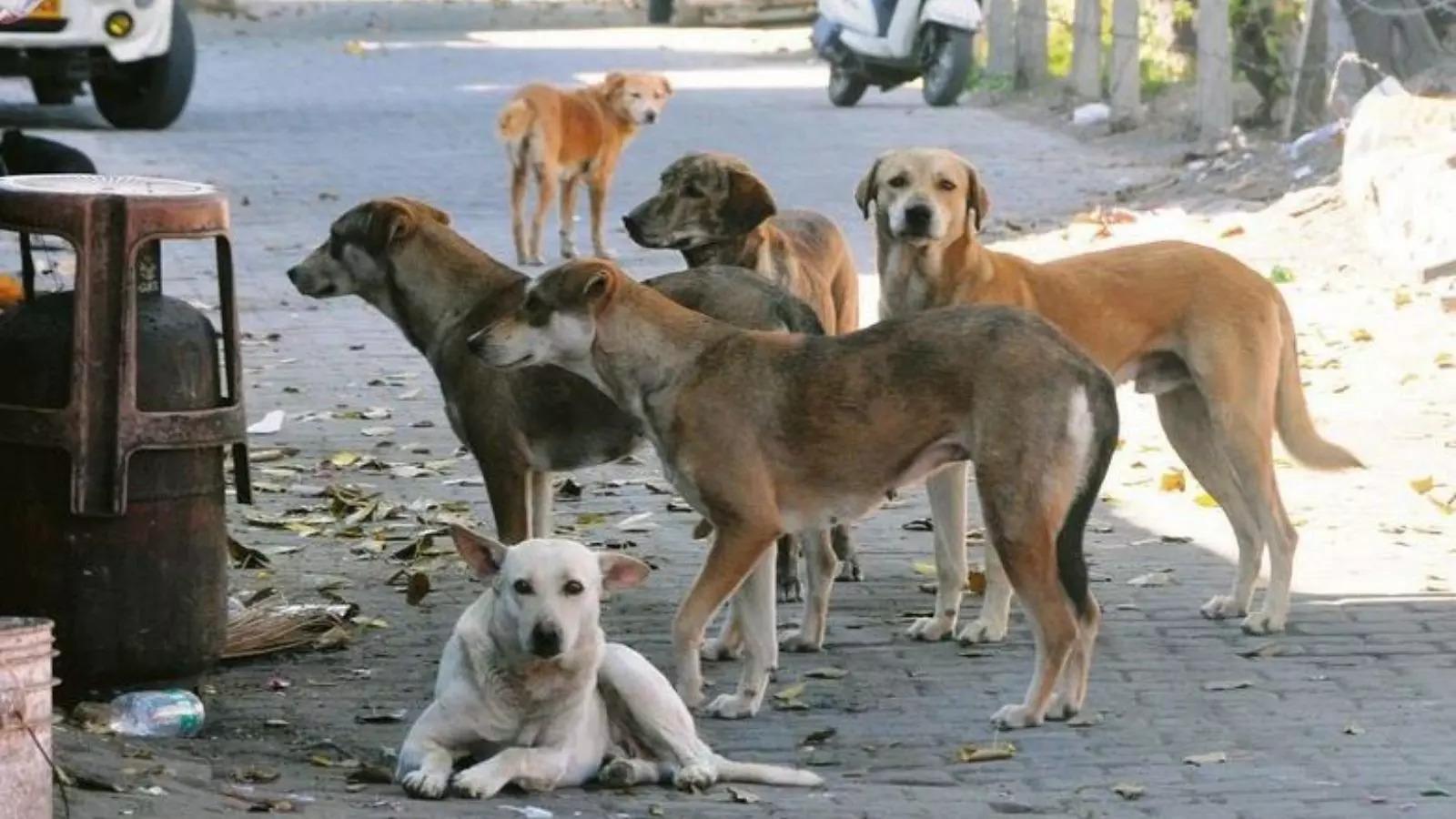Why India can’t fence out its stray dogs or its responsibility


The Supreme Court’s latest order — directing that every educational institution, hospital, sports complex, bus stand, railway station, and public facility be fenced off and “liberated” from the presence of stray dogs, and that dogs picked up from these spaces not be released back — represents a clear departure from the scientific foundations of the Animal Birth Control (ABC) Rules, 2023 and a profound misreading of administrative reality. India has over 62 million community dogs. Even if a fraction inhabit such spaces, implementing this order would require hundreds of thousands of fenced zones, tens of thousands of new shelters, and massive coordination across local bodies already struggling to meet basic sterilisation and vaccination targets. It is logistically impossible, financially unviable, and risks collapsing existing animal-birth-control infrastructure that is already under strain.
Equally troubling is the absence of scientific reasoning behind the directive. The ABC Rules, framed under the Prevention of Cruelty to Animals Act 1960, mandate a sterilise–vaccinate–release model precisely because global and national data show that relocation destabilises canine populations, increases migration, and heightens rabies risk. The order’s prohibition on returning sterilised dogs to their territories directly contradicts Rule 10 of the ABC Rules and decades of epidemiological consensus endorsed by the WHO and the World Organisation for Animal Health. Confinement or mass housing is not management — it is a regression. Without reliable data on population, bite incidence, vaccination coverage, or shelter capacity, such a measure amounts to policymaking in the dark.
The way forward is not through courtroom experimentation but implementation discipline. The PCA Act, the ABC Rules, and the AWBI guidelines already provide a lawful, humane, and scientifically validated framework. What India needs is enforcement, not reinvention. Municipal authorities, NGOs, and citizen feeders must function as partners, not adversaries, because public health and animal welfare are interdependent. If the goal is truly safety, then the focus must be on proper waste management, fencing where essential, mass sterilisation and vaccination, and transparent, data-driven monitoring — not mass relocation. Visible action may look decisive, but only evidence-based, humane action will deliver results. Policy without science is chaos — and chaos, in this case, will cost both human and animal lives.
Disclaimer
Views expressed above are the author’s own.
END OF ARTICLE





